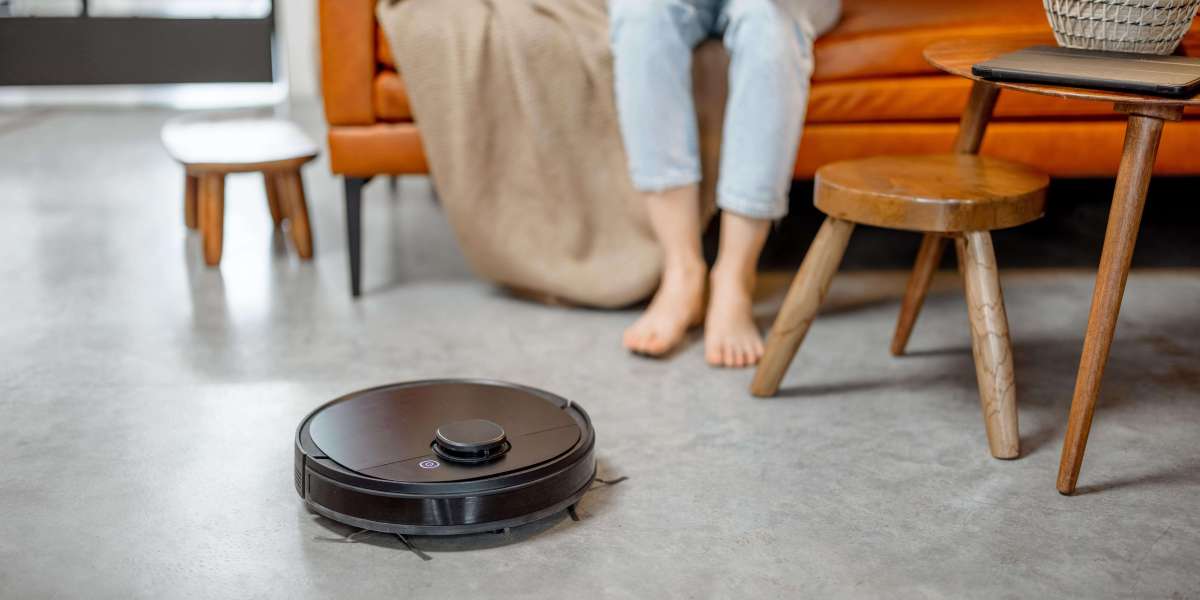In industries like packaging, printing, and labeling, the quality of surface printing and finishing is just as important as the product itself. A printed design or label that fades, smudges, or wears off too easily can lead to poor brand perception and customer dissatisfaction. This is where a scuff tester comes into play—it helps manufacturers evaluate the durability of printed surfaces against rubbing and abrasion.
A scuff resistance tester ensures that packaging and printed materials maintain their quality during handling, shipping, and storage. By measuring how resistant a surface is to scuffing, manufacturers can make informed decisions about inks, coatings, and finishing methods.
What is a Scuff Tester?
A scuff tester is a quality testing instrument designed to assess the resistance of printed or coated surfaces to rubbing. This is particularly important in sectors such as:
Packaging – To ensure the print on boxes, cartons, and pouches stays intact.
Labeling – To maintain barcode readability and brand identity.
Publishing – To verify the durability of book covers and printed pages.
A scuff tester machine works by rubbing two printed surfaces against each other under controlled pressure and speed for a set period. The level of damage, if any, is then evaluated to determine the material’s scuff resistance.
Working Principle of a Scuff Resistance Tester
The scuff tester operates on the principle of rubbing abrasion. Here’s how the process works:
Sample Mounting – The printed material sample is fixed on the rotating platform of the machine.
Counterface Contact – Another printed or unprinted surface is placed in contact with the sample.
Controlled Movement – The machine rotates both surfaces against each other under a specified load.
Evaluation – After a set number of rotations, the sample is examined for ink transfer, smudging, or surface wear.
This process replicates the kind of rubbing and abrasion that occurs during packaging production, transportation, and storage.
Importance of Scuff Resistance Testing
Brand Image Protection – Ensures printed designs remain clear and vibrant until the product reaches the customer.
Compliance with Quality Standards – Meets industry-specific printing durability requirements.
Cost Reduction – Identifies weak inks or coatings before mass production, preventing reprints and product recalls.
Material Comparison – Helps manufacturers compare different inks, coatings, and lamination methods for durability.
Features of a High-Quality Scuff Tester Machine
When investing in a scuff tester machine, here are key features to look for:
Adjustable Load and Speed – Allows customization based on material type and testing standards.
Digital Display – For accurate test duration and rotation count monitoring.
Durable Construction – To handle continuous industrial usage.
Compliance with Standards – Meets ASTM, ISO, or TAPPI guidelines for scuff resistance testing.
Easy Sample Mounting – Reduces setup time and ensures consistent test results.
Applications Across Industries
A scuff resistance tester is used in various industries, including:
Food & Beverage Packaging – For checking printed bottle labels, pouches, and cartons.
Pharmaceuticals – To ensure packaging labels remain legible during storage and transport.
Cosmetics – For maintaining the appearance of printed product boxes.
Stationery & Publishing – To ensure covers and printed designs withstand repeated handling.
Benefits of Using a Scuff Tester
Non-Destructive Testing – Only the surface quality is tested; the product remains usable.
Repeatable & Reliable Results – Provides consistent testing for quality control.
Quick Turnaround – Tests can be completed within minutes.
Enhanced Product Appeal – Maintains the product’s professional look throughout its lifecycle.
Conclusion
A scuff tester is a vital tool for any manufacturer dealing with printed or coated surfaces. It helps ensure that the product’s appearance remains flawless from production to delivery, protecting brand image and maintaining customer trust.
Whether you refer to it as a scuff resistance tester or a scuff tester machine, its role in quality assurance is undeniable. By investing in a reliable scuff tester, manufacturers can prevent costly print failures, meet industry standards, and deliver products with lasting visual appeal.
?️ Protect Your Brand with Reliable Scuff Resistance Testing!
Ensure your printed materials remain vibrant and durable with our high-precision scuff tester machines.
? Call Now: +91 9210 903 903
? Email: info@prestogroup.com
✅ Accurate Testing | ✅ Durable Instruments | ✅ Expert Support







